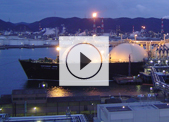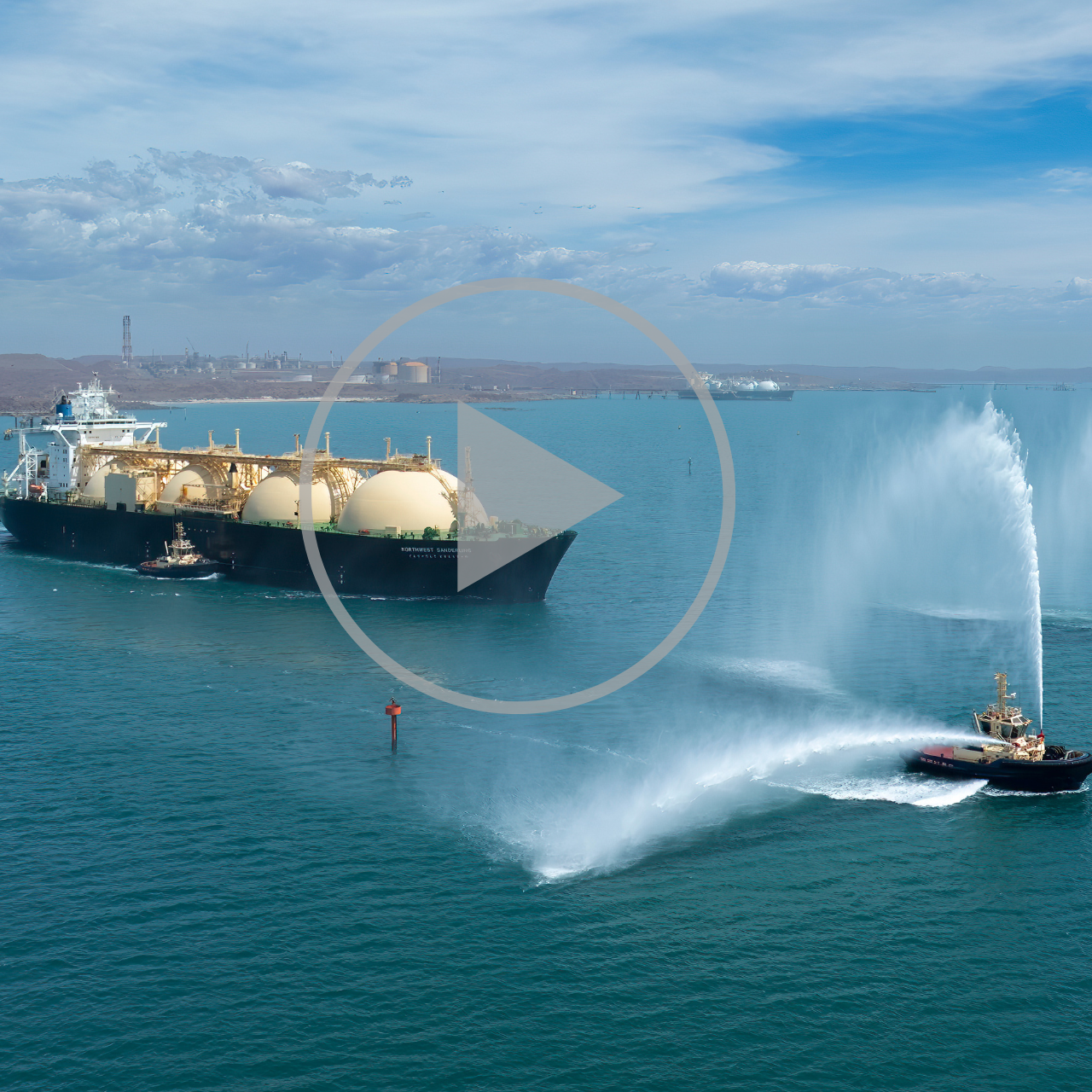Products
Natural gas is a clean burning, versatile, economic and efficient energy source, offering significant environmental and cost advantages over other fossil fuels.
With a high heating value and low carbon density, natural gas has a wide variety of applications and is increasingly the energy choice of the 21st century
The technical, economic and environmental advantages of natural gas make it an ideal choice for the home, in light and heavy industry, for power generation and transport.
LNG produced by the North West Shelf (NWS) Project is recognised internationally as a high quality product, meeting the stringent energy needs of power and utility customers and providing countries without their own natural gas resources with access to clean and affordable energy.
LNG from the NWS is produced under rigorous safety conditions, with world class quality control and environmental management processes.
In the Asia Pacific region LNG provides power and gas for major industrial regions in countries such as Japan, Korea and China.
In Western Australia, pipeline gas provides energy for Australia's major mining resource companies, power generation as well as for households.
Producing LNG
LNG is produced from natural gas by first removing carbon dioxide, water and heavy hydrocarbons such as propane, butanes, pentanes and hexanes, as well as other impurities.
A liquefaction unit reduces the temperature of the gas from -35C to approximately -138C before the nitrogen content is reduced, which further cools the gas to about -161C. At this temperature, the gas is condensed to a liquid 1/600th of its original gaseous volume and is ready for loading onto LNG ships for export.
Typically containing more than 85 per cent methane, gas from the North West Shelf has very low nitrogen content and a heating value in the range of 1067 to 1167 British thermal unit/standard cubic feet.
Producing pipeline gas
Pipeline gas is produced from natural gas by first removing water and other impurities, before separating heavy hydrocarbons, such as propane, butanes, pentanes and hexanes.
After processing, the gas is compressed and metered before being fed into the Dampier to Bunbury Natural Gas Pipeline for transportation to customers throughout Western Australia.
Typically containing more than 85 per cent methane, gas from the North West Shelf has very low nitrogen content and a heating value in the range of 37 to 42.3 mega joules per cubic metre.





